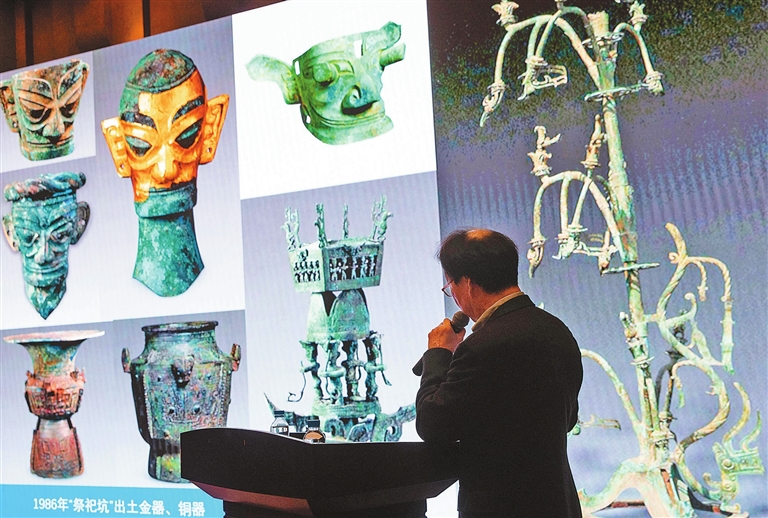
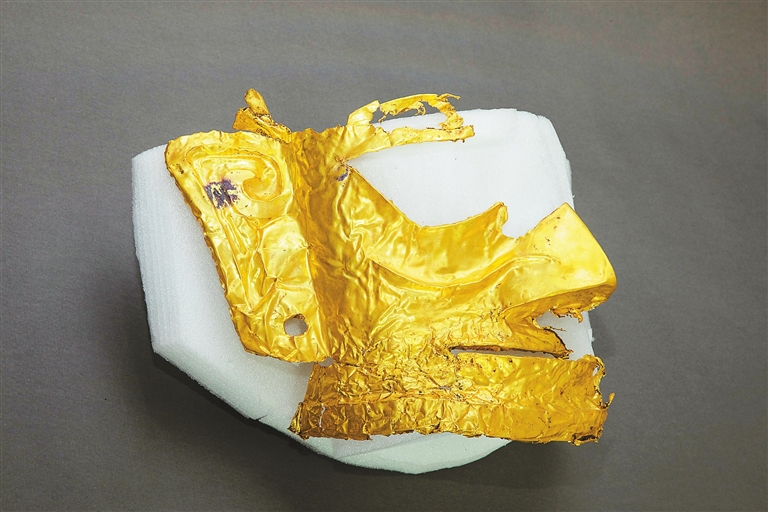
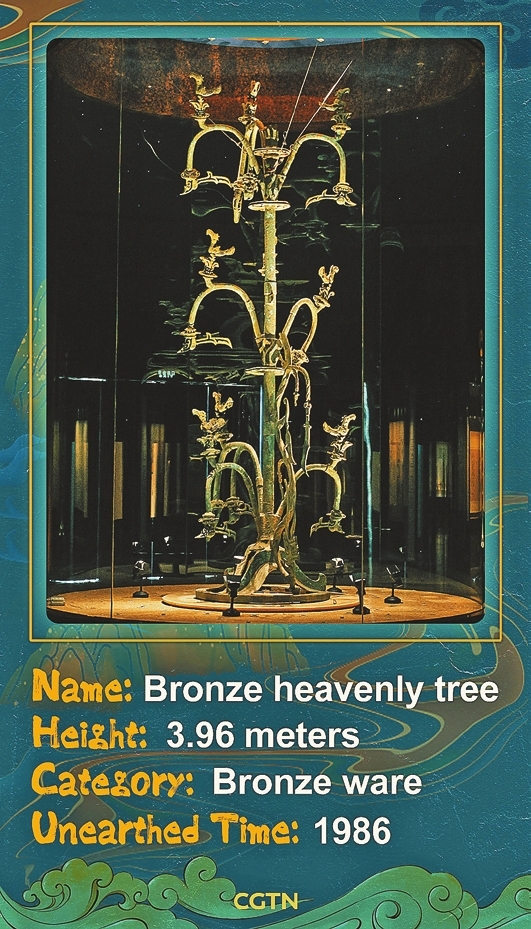
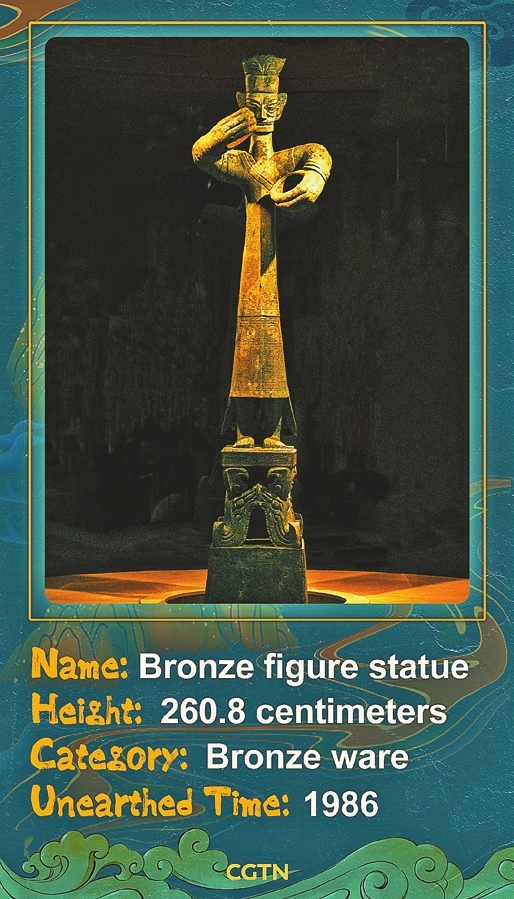
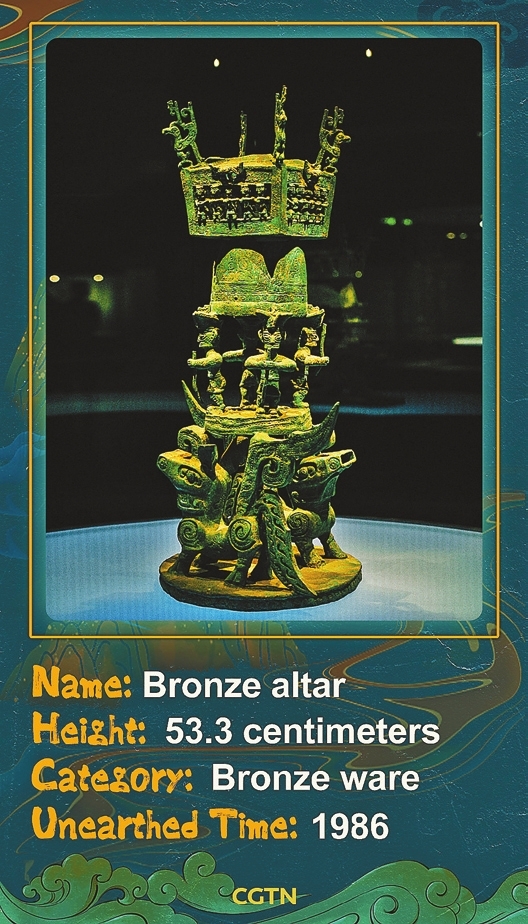
CHINESE archaeologists announced Saturday they have made some new, key discoveries at the legendary Sanxingdui site in Southwest China’s Sichuan Province, which will help shed light on the unified, diverse origin of Chinese civilization. The Sanxingdui Ruins is dubbed as one of the world’s greatest archeological discoveries of the 20th century. Located in the city of Guanghan, around 60 kilometers from the provincial capital Chengdu, the ruins covering an area of 12 square kilometers are believed to be the remnants of the Shu Kingdom, from at least 4,800 years ago and lasting over 2,000 years. The site was originally discovered in the 1920s by a farmer. A huge surprise came in 1986 when two sacrificial pits filled with more than 1,000 relics, including gold masks, bronze sacred trees, bronze ware, jade ware and ivory, were discovered by local workers excavating clay for bricks. In 1988, the Sanxingdui Ruins site was put under State-level protection. The discovery of Sanxingdui raises an important question about the origin of Chinese civilization. Before the 1980s, the dominant thought in academic circles was that the birthplace of Chinese civilization was in the Yellow River Basin in North China. However, with the discovery of important sites in the Yangtze River Basin, including Liangzhu, Shijiahe and Sanxingdui, a new understanding came into being. The ancient Shu civilization represented by Sanxingdui has been regarded as an essential part of the pluralistic origin of Chinese civilization. Sanxingdui also remains an enigma for historians as it left no written records. Many unearthed artifacts at the ruins feature mysterious characters and graphics, such as strange-looking bronze images of humans and birds, as well as part-human, part-animal masks with oversized eyes and eyebrows. In October 2019, a new large-scale excavation project at Sanxingdui was launched. To date, more than 50,000 artifacts have been unearthed at San-xingdui. Gold masks As Chinese archaeologists unveiled some of the newly excavated artifacts from the Sanxingdui Ruins site Saturday, a fragment of a gold mask has caught most of the attention from experts and the public alike. What astonished the archaeologists most about this gold mask is its large size: 23 centimeters wide and 28 centimeters high. Although only about half of the gold mask was excavated, it’s so far the largest of its kind found in the primary stage of the Chinese civilization. The mask weighs 280 grams, but it is estimated that the whole mask could weigh more than 500 grams, according to Lei Yu, head of the Sanxingdui excavation work at the Sichuan Provincial Cultural Relics and Archaeology Research Institute. Many have also noticed a hole in the earlobe area of the mask. Lei said many masks discovered at the pits have a similar trait, implying people from the ancient Kingdom of Shu might have practiced ear piercing. Other gold mask highlights include a gold foil mask unearthed from the No. 1 sacrificial pit. This lightweight mask is made of gold foil, featuring a raised nose with a sharp edge at the tip. It’s basically the same size as the head sculptures excavated from the same pit. Hence, archaeologists believe it was originally attached to the face of a head sculpture. Similar gold masks, though severely damaged, were also unearthed from the No. 2 sacrificial pit, according to Sanxingdui Museum. Two bronze heads covered with gold foil masks were unearthed from the No.2 sacrificial pit in 1986, one with round vertex and the other with flat vertex. A thin layer of gold foil is attached to both bronze heads that are in line with the facial features. The masks’ eyes and eyebrows are exquisitely hollowed out, creating a sense of solemnness and sanctity. They most likely represent authorities or top-level figures at that period, according to archaeologists. Mysterious bronze wares Among all the treasures underearth from Sanxingdui, the bronze wares are complicated in craftsmanship and exquisite in shape, reaching the highest level of mold casting technology at that time. Among the findings, a huge bronze heavenly tree is no doubt one of the most colossal and enigmatic. It took eight years to reassemble the now 3.96-meter-tall bronze tree, which is displayed at Sanxingdui Museum. Experts say that the tree should be even higher as its treetop is still missing. It has a main body and base. It resembles a great tree, rising from the top of a three-sided mountain. At three levels on the trunk, three branches emerge, each bearing three pieces of fruit. Nine of these fruit point upward, each with a bird standing on it. Experts believe it reflects the ancient Shu people’s worship of a solar deity. A 260.8-centimeter tall giant standing bronze figure is considered the “highest” ruler of all the bronze figures discovered at Sanxingdui. Of China’s ancient bronze figure statues, this one is the largest and the oldest of its kind that has been found so far. Gorgeously dressed, the tall, elongated figure stands barefoot on top of a pedestal in the shape of an elephant head. The figure appears to be holding something in its two hands, like a shaman performing a religious ceremony. There are mainly two versions of his identity. Some experts believe that he was a wizard, while others think that he was an acclaimed king. But no matter who he was, the statue was certainly used as a ritual object. A bronze altar is also one of the crown jewels of the Sanxingdui relics. It was severely crushed and burned intentionally when buried in the ground. It took archaeologists two years to make a replica of the altar based on their research. The replica was made from over 100 bronze pieces discovered in the No. 2 sacrificial pit. It is composed of three parts: the round animal-shaped base, the standing men with a crooked stick in hand, and the mountain-shaped top carved with a bird’s statue with a human head. Experts say that the three-part structure reflects the ancient Shu people’s understanding of the three layers of the world: the beast at the bottom represents the land, the man in the middle represents the world, while the bird at the top represents heaven. (SD-Agencies) | 
